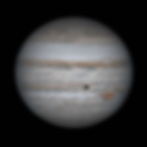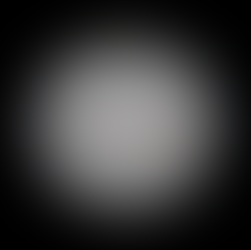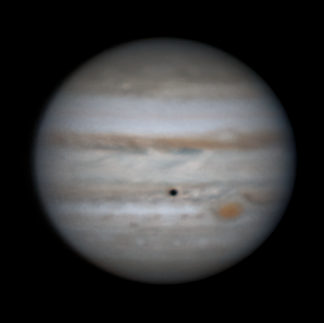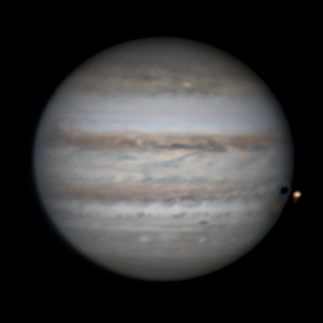2022 Jupiter Imagery
- Stephen Strum
- Oct 12, 2022
- 2 min read
Updated: Nov 8, 2022

So far in 2022, all my planetary imaging has once again been with my Celestron 8" EdgeHD SCT on a Celestron Evolution mount. I've mostly been using an ASI385MC camera with a Televue 2.5x Powermate.
November 8th
I was getting ready to image the lunar eclipse (which became clouded out here in Oklahoma and wasn't visible, but I was able to get an image of Jupiter, Io, and Europa through the clouds while getting things ready. This was tough and the image didn't come out great and is sort of a double image. I'll have to see if I can process this better. Since I was imaging Jupiter through a cloud layer, the brightness kept fluctuating which made things challenging, and Autostakkert struggled with the stacking. I have a few other data sets I took that seemed worse but maybe will process better.

October 1st
I was able to take a series of 41 images of Jupiter late on the 30th of September and early on the 1st of October. Each image was created from a 90-second video capture over the course of about 70 minutes. I processed all of these and produced the video shown below. Io and the shadow of that moon are clearly visible, with Io especially visible as it nears the limb of Jupiter and passes over the top of the Great Red Spot.
Animated GIF

And Video Version:
All of the individual images are shown below.
September 18th
I did a quick image session on Jupiter and Saturn on the 18th. Here is the Jupiter image with the contrast and saturation boosted up a bit. This is overdone but does make details more evident when viewing on a phone screen on social media.

Here is a less enhanced version:

August 3rd
Took a few images of Jupiter on the 3rd of August in rather poor seeing. Each image was processed from about 90 seconds of video taken a few minutes apart. Nothing too notable here, but the GRS is clearly visible.
July 15th
On the morning of July 15th I imaged Jupiter and Io and captured quite a bit of detail, but struggled to get a clear image. I ended up only stacking 20% of the frames out of a 90-second video capture (and this was the best 90-second capture out of the few I took). Stacking more than 20% produced an image with less noise but also less detail. Focusing was challenging and I plan to upgrade to a motoroized focuser to hopefully help dial in the focus a little easier since the image shakes quite a bit when focusing on my evolution mount.

June 23rd
I imaged most of the planets on the morning of June 23rd. You can see all of those images here: https://www.earthtospacescience.com/post/parade-of-planets
Here is the Jupiter image from that day:


























































































